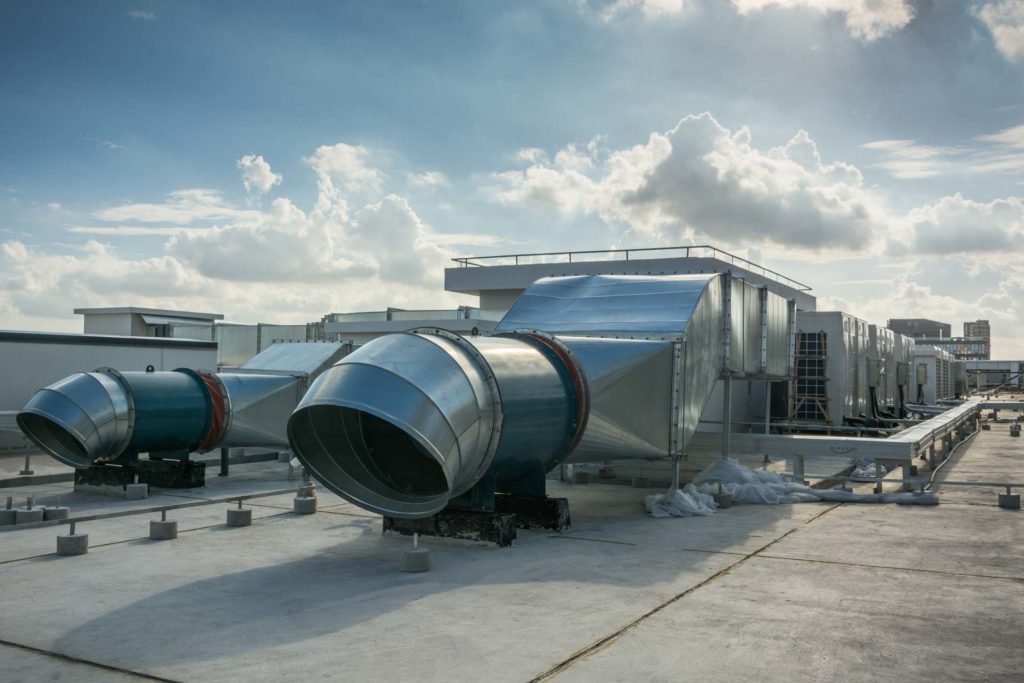To get the most out of your baghouse filter system, adopting specific parts and accessories can help it to operate at its best. One of these crucial components is filter bags, each designed for particular applications and use cases. But with so many options available, how do you determine which bag is best for you?
We’ve compiled a list of the factors you need to consider when choosing the best dust collector filter bag and the ideal use cases for each type.
What to Consider When Choosing a Filter Bag
When you’re choosing which filter bag is best for your system, there are a few factors that you need to know about your system that will impact your decision. Here are some of the most common and crucial considerations.
Air-to-Cloth Ratio
The air-to-cloth ratio measures how many cubic feet per minute of air pass through one square foot of filter media. The lower the ratio, the higher the effectiveness of your system at filtering dust from the air. A high ratio can result in frequent changeouts of your filter bags, reduced suction, and reduced efficiency, so it is important to ensure that you have the proper air-to-cloth ratio for your system.
Particle Size
Each baghouse filter bag is rated for a specific particle size that it is the most efficient at filtering. Therefore, knowing the particle size of the dust and particulate matter in your system filters will impact which filter bags you can utilize.
Moisture
Some filter bag media perform very poorly with moist air, while others are more suitable for moist air filtration. Once the moisture increases above about 25% moisture content, the application is not suitable for dry filtration methods.
Temperature
Each filter bag material can operate within a specific temperature range. Knowing the max operating temperature of your system will narrow your choice of which filter media are acceptable. In addition, some pre-treatment options can increase the temperature limit of certain filter materials. These options are a cost-effective alternative to purchasing and using a more expensive material.
Chemical Reactivity
Certain materials can react with chemicals in your airflow, particularly acids or alkalines, leading to premature damage. Therefore, it’s crucial to understand if these chemicals are present in your filtration system to ensure that they won’t interact negatively with your choice of filter bag media.
Combustible Dust Safety
Regulatory organizations like the Occupational Safety and Health Administration (OSHA) and the National Fire Protection Association (NFPA) have stringent requirements regarding industries that work with combustible dust. These protections are in place to ensure your facility remains safe for your employees, and you may be subject to regulations that could impact your filter bag material choice.
Popular Filter Bag Materials
There are tons of options available for filter bag media, and each one has its own unique advantages and ideal use cases. In our previous blog on What is a Filter Bag, we outline more details about some of the most commonly used filtration media, but we’ve included some of the highlights below.
Polypropylene
Polypropylene is a popular filter bag material for its abrasion resistance and resistance to alkalis and acids. However, they are not suitable for a wide range of uses because of their low maximum operating temperature of around 170°F (77°C).
Acrylic
Acrylic filter bags have a maximum operating temperature of around 265°F (130°C), making them well-suited for mid-temperature applications. However, they are not quite as durable or resistant to chemical reactions as polypropylene.
Aramid Felt
Known most commonly by its brand name Kevlar®, aramid felt is a heat-resistant filter bag material that can operate at consistent temperatures around 400°F (204°C).
Fiberglass
Fiberglass is economical for high temperatures operating around 500°F (260°C). This heat resistance widely expands the applications for fiberglass bags. Unfortunately, fiberglass is not as durable or efficient as other options on this list. Pre-treatment finishes can increase fiberglass filter bag performance but also increase the cost.
PTFE/Teflon™
Polytetrafluoroethylene (PTFE), better known by the brand name TeflonTM, is a synthetic polymer added as an additional layer on the exterior of felt or polyester filter bags. A PTFE membrane increases efficiency to as high as 99.999% and is considered the Gold Standard of filter bag materials. The low coefficient of friction can also decrease caking on the bag’s exterior, reducing the frequency of cleaning required. Additionally, Teflon bags are a great choice if your system is filtering air with high moisture content.
We Will Help You Find Your Best Filter Bag
At Baghouse America, we have over 20 years of experience as experts in dust collection systems and finding what equipment is best for our customers’ specific needs. Let’s set up a time to chat – we are here to answer any questions you may have about filter bag selection and help your plant breathe easier.

